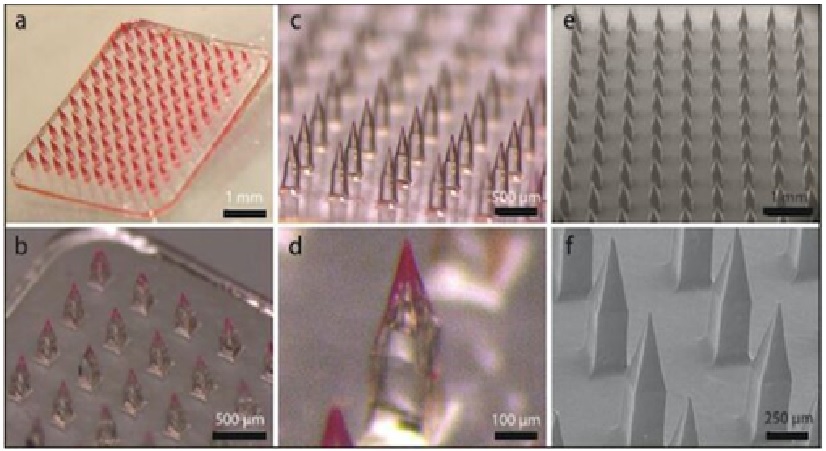Lungfish Brains have been Constantly Evolving for 400 million years
Brain space provides new insights into ancient lungfish. The evolution of the brain and nervous system in animals has been wound back more than 400 million years, due to the discovery of fossilized remnants of ancient lungfish that provided a missing link in the origin of land-dwelling, four-legged.
To better understand lungfish brain development, an international team led byFlinders Universityin Australia compared comprehensive 3D models of cranial endocasts from six Paleozoic lungfish (Dipnoi) fossils to the brain spaces of the surviving sister group of terrestrial vertebrates. [1]

Figure 1. Lungfish Brains have been Constantly Evolving for 400 million years
Figure 1 shows according to lead scientist Dr. Alice Clement of Flinders University, this could help interpret the earliest tetrapods, which eventually went from water to land on four legs.
The finding, published in the international journal eLife, sheds light on the evolutionary history of these lobe-finned fish (Sarcopterygii), revealing how the olfactory area seems to be more plastic than the hindbrain and experiences dramatic elongation in several taxa. [2]
“Our discovery shows that the brains of lungfish have been evolving constantly throughout their 400-million-year history, but it suggests they have likely always relied on their sense of smell rather than vision to navigate their environments. This is quite unlike other fish which use sight much more powerfully,” said study lead author Dr. Alice Clement. [3]
“This paper effectively doubles the number of lungfish endocasts known, as their preservation quality is often damaged by a fossil being crushed or broken, and the brain itself has very poor preservation potential and is not currently known in any fossil lungfish,” he says.
“Lungfish have persisted for more than 400 million years from the Devonian Period to the present day and provide unique insights into the condition of the earliest tetrapods as well as their own evolutionary history.”
With the use of X-ray tomography as a palaeontological tool, the cranial endocasts of six Palaeozoic lungfish (Iowadipterushalli, Gogodipteruspaddyensis, Pillararhynchuslongi, Griphognathuswhitei, Orlovichthyslimnatis, and Rhinodipterusulrichi) could be studied non-destructively. The fossils come from Australia, the US, Russia, and Germany. [4]
References:
- https://headtopics.com/us/unlike-other-fish-lungfish-brains-have-been-constantly-evolving-for-400-million-years-29029043
- https://news.knowledia.com/ZA/en/articles/unlike-other-fish-lungfish-brains-have-been-constantly-evolving-for-400-629b62d28cb95a1927a836bed7ee291344e82e06
- https://www.earth.com/news/lungfish-provide-a-deeper-insight-into-brain-evolution/
- https://scitechdaily.com/unlike-other-fish-lungfish-brains-have-been-constantly-evolving-for-400-million-years/
Cite this article:
Thanusri swetha J (2022), Lungfish Brains have been Constantly Evolving for 400 million years, materials and systems, AnaTechMaz, pp.93















